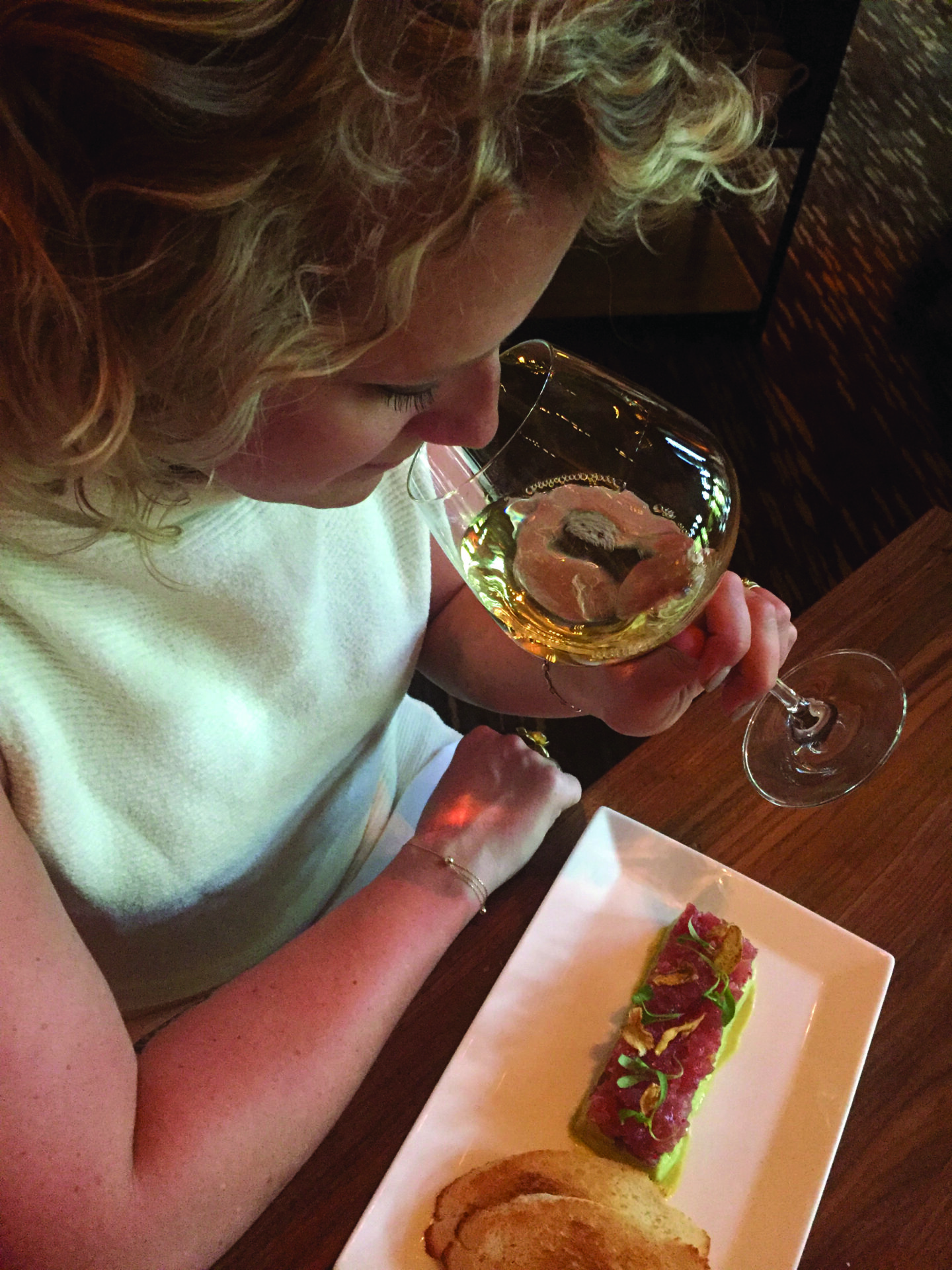For something more adventurous, the wines of Alsace are brilliant in the winter months with loads of texture and flavor that can be enjoyed with or without food. The wines of Alsace will rarely see new oak influence, so their flavors are driven by grape variety and terroir. Often these wines include a touch of sugar richness, but this can be elegantly balanced with the fat and sumptuousness of a roasted pork or chicken dish.
Chenin Blanc from the Loire Valley is another great wine to rely on in the winter. These wines can be dry and intense or sweet and luscious — both styles offering a bright kick of acidity on the finish. The richer or sweeter styles are perhaps the better wines to rely upon in the colder winter months. The wines of Vouvray are always reliable, but also look for Montlouis, Savennières, Saumur and Anjou for outstanding examples and value.
Finally, consider the wines of Austria for another winter white wine possibility. Grüner Veltliner is the most widely planted and most important white grape in Austrian wine production. This typically dry, melon and pear scented wine shows hints of savory tones like lentil and white pepper. However, this grape is capable of greatness and can range is style from light and lean to rich, intense and exotic. It all depends on the region and the style of the producer. Other Austrian white varieties of note would include Riesling which is generally dry, minerally and delicious or grapes like Welschriesling, Weissburgunder, Neuberger, Roter Veltliner, Rotgipfler and Zierfandler. All delicious in their own right but less known in the U.S.
For producers, here are three of my favorite white wines to enjoy during the winter season. A great White Burgundy from Marc Colin in Chassagne-Montrachet, a classic Grüner Veltlier from Bründlmayr in the Kamptal and a remarkable Chenin Blanc produced by François Chidaine in Montlouis. For suggested Glassware, Zalto and Riedel are some of the finest glasses on the market and offer many styles for specific wines. The Zalto Burgundy glass would be perfect for the Marc Colin, the Riedel Sommelier Series Grüner Veltliner glass for the Bründlmayer and the all-purpose Zalto or a general white wine glass from Riedel for the Chidaine Montlouis.

Photo by Kim Fuller